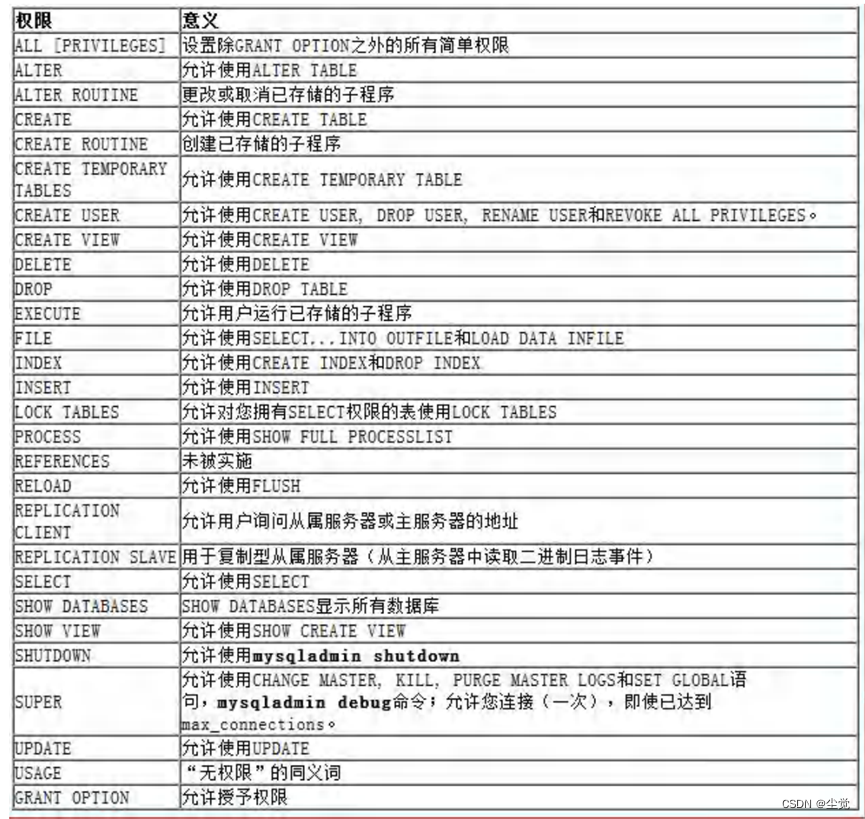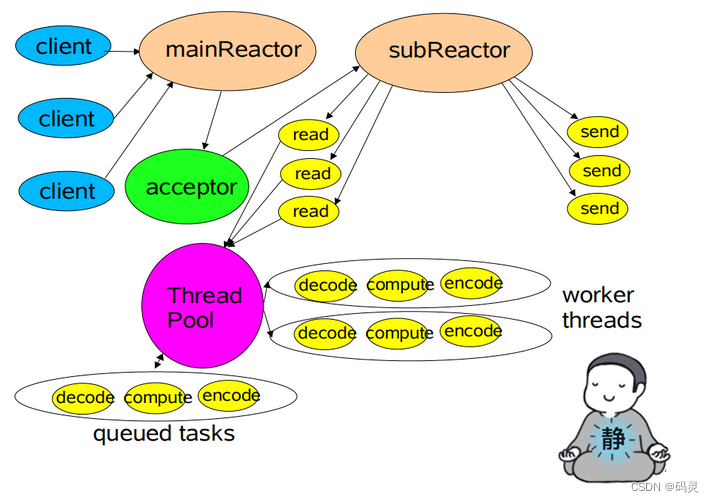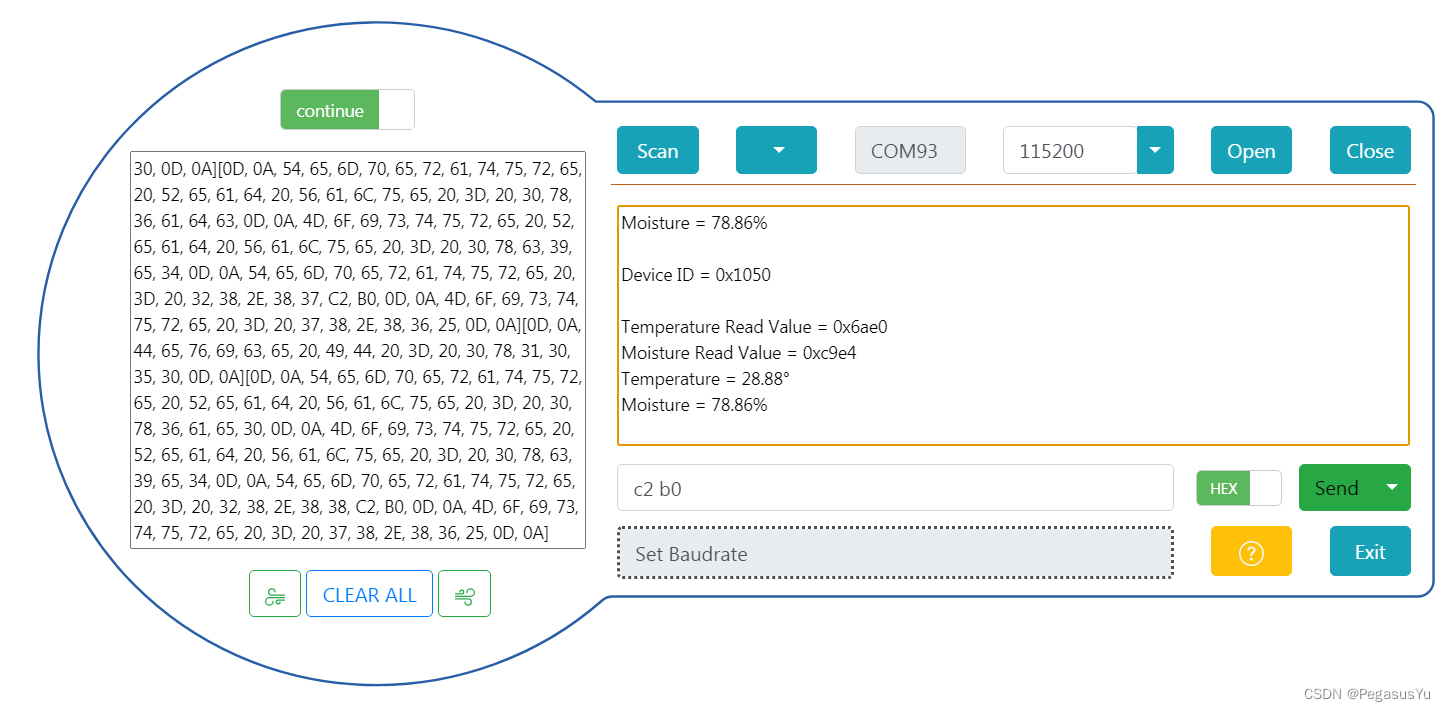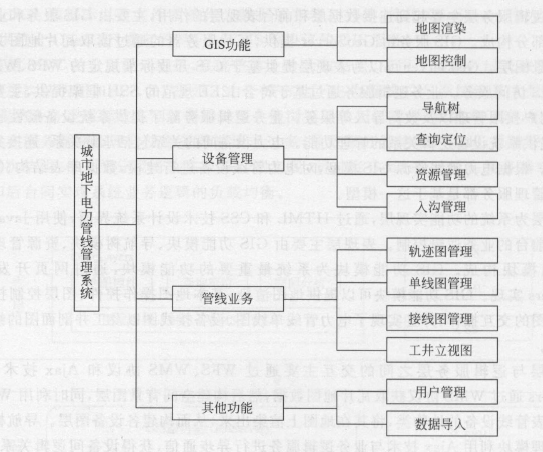0x00 前言
安全人员可以扫描,网络上悬赏网站等的漏洞,如果能够发现其存在着安全漏洞,则可以通过提交漏洞的方式来获得一定的赏金,国外的这类悬赏的网站比较多,比如hackone,这上面列出了大量的资产信息,白帽子们可以分析这些资产,发现漏洞来获取赏金。hackone上截至到2020年6月,已经有六名白帽子获得了百万奖金。
0x01 大概了解
hackone上的资产个数是非常多的,如果人工分析起来,不光累,而且效率还低,不靠谱,所以就有了很多自动化的工具。网上也有不少开源的,找了几个研究了下,大概的流程都差不多,无非是利用各种开源工具的组合来完成漏洞的探测工作。
一般的流程就是几步:
信息收集 : 收集资产信息、详细收集域名和服务端口等。
漏洞探测 Fuzz: 即用xray等工具扫描资产是否存在漏洞;
提醒功能 : 如果自动探测到了漏洞,要提醒我们记得提交,更灵活的工具,可能包含自动提交。
我主要研究的工具是AUTO-EARN :
这个工具比较简单,但是却五脏俱全,除了hackone上采集域名没有外,其他的都有,而且这个框架比较灵活,方便各个部分的工具的升级。
界面也很酷,终端界面+一个网页统计信息展示


0x03 执行方法
1.执行顺序:sh start.sh --> python3 autoearn.py --> sh stop.sh2. start.sh 即:
chmod +x ./tools/crawlergo
chmod +x ./tools/xray/xray_linux_amd64
nohup python3 server.py > logs/server.log 2>&1 &
nohup ./tools/xray/xray_linux_amd64 webscan --listen 127.0.0.1:7777 --webhook-output http://127.0.0.1:2333/webhook > logs/xray.log 2>&1 &
nohup python3 subdomain_monitor.py > logs/subdomain_monitor.log 2>&1 &1、前面两个增加可执行权限就不说了,看看后面,启动server.py 来获取通知等信息。 2、我们把xray启动起来,并且开启代理端口,等爬虫将爬取的网页送过来扫描; 3、开启子域名执行情况的检测程序; 4、
subdomain_monitor.py检查子域名扫描结果,将数据保存到sqlite表中。
python3 autoearn.py输入1 即进行子域名扫描;要等到子域名扫描结束,再输入2进行端口检测、完成后输入3进行waf检测(可选)
最后输入5 进行爬虫爬取网页后输入到xray进行漏洞探测、探测到漏洞后会发通知。
0x04 流程分析
开源地址已经讲代码讲的非常详细了,昨天看了一天,基本上懂点python的就可以看的懂,感谢作者这么用心,整个框架利用众多安全处理工具,如下图:
工具介绍:
信息收集:
------------
1. OneForAll:功能强大的子域名收集工具,可以根据域名获取所有子域名信息,也算是个集合工具;
利用证书透明度收集子域名、利用爬虫收集域名、利用DNS收集子域名、利用威胁情报收集子域名、利用搜索引擎来收集子域名;
2. Shodan是个搜索引擎网站,这里面利用它来搜索IP开放的端口信息;
3. masscan+nmap都是用来探测IP开放端口的,前者速度更快,后者可以发现服务名;
4. wafw00f 探测waf指纹的工具,如果有waf,我们忽略这个目标。
Fuzz
--------------
1. crawlergo 作为爬虫爬取相关链接;
2. xray: 长亭开发的免费的安全检测模块,可以进行xss漏洞、SQL注入、命令注入、目录枚举、文件上传等;
3. Server 酱: 这个工具挺有意思,可以免费进行微信通知,免费版本一天最多通知五次;
4. 利用flask框架做个简单的展示页面,利用Echarts显示统计报表信息;
5. sqlite3 这个就是一个文件的简单DB。处理的数据流:
4.1 子域名收集
步骤说明:
target.txt 里面每行保存一行域名信息,可以简单的改成从网站采集后处理。
第一个执行的插件是OneForALL,作用就是探测target中的子域名信息; 这里面是通过autoearn.py中的命令1来实现的,调用代码:
subdomain_collect.oneforall_collect(config.target_file_path)由于获取子域名是个非常耗时的操作,启动的是后台进程再查看:
def oneforall_collect(target):
cmd = 'nohup python3 ' + config.oneforall_path + ' --target ' + target + ' run > logs/oneforall.log 2>&1 &'
try:
rsp = subprocess.Popen(cmd, stdout=subprocess.PIPE, stderr=subprocess.PIPE, shell=True)
console.print('正在后台进行子域收集', style="#ADFF2F")
except:
console.print('子域收集失败,请检查输入格式', style="bold red")收集子域名放在后台后,我们需要知道什么时候执行完毕,可以通过tail -f logs/oneforall.log 可以查看执行的日志,收集完子域名后,将结果放入到OneForAll下面的reuslt下面的一个sqlite数据库里面:
如果收集的域名为:example.com 则:
example_com_origin_result 表存放每个模块最初子域收集结果。
example_com_resolve_result 表存放对子域进行解析后的结果。
example_com_last_result 表存放上一次子域收集结果(需要收集两次以上才会生成)。
example_com_now_result 表存放现在子域收集结果,一般情况关注这张表就可以了观测到的日志信息:
04:51:14,588 [ALERT] utils:252 - GET http://114.55.181.28/check_web/databaseInfo_mainSearch.action?isSearch=true&searchType=url&term=5nine.com&pageNo=1 404 - Not Found 5042
04:51:14,589 [INFOR] module:65 - The WZPCQuery module took 1.1 seconds found 0 subdomains
04:51:14,613 [ALERT] utils:252 - GET https://searchdns.netcraft.com/ 403 - Forbidden 7540
04:51:14,617 [INFOR] module:65 - The NetCraftQuery module took 1.2 seconds found 0 subdomains
04:51:14,861 [ERROR] module:118 - (MaxRetryError('HTTPSConnectionPool(host=\'www.search.ask.com\', port=443): Max retries exceeded with url: /web?q=site%3A.5nineservice.demo.5nine.com&page=1 (Caused by SSLError(SSLError("bad handshake: SysCallError(104, \'ECONNRESET\')")))'),)
04:51:14,862 [INFOR] module:65 - The AskSearch module took 1.3 seconds found 0 subdomains
OneForAll is a powerful subdomain integration tool
___ _ _
___ ___ ___| _|___ ___ ___| | | {v0.3.0 #dev}
| . | | -_| _| . | _| .'| | |
|___|_|_|___|_| |___|_| |__,|_|_| git.io/fjHT1
OneForAll is under development, please update before each use!
[*] Starting OneForAll @ 2023-06-24 06:24:41
07:13:05,615 [INFOR] oneforall:249 - Finished OneForAll检测程序,不光会检测子域名是否收集完成,还会将其插入到sqlite表中,进行后续的流程,核心代码在通知的server_push.py中:
# 子域收集状态提醒
def subdomain_status_push():
console.log('子域收集完成')
sql_connect.task_sql_check()
sql_connect.subdomain_sql_check()
sql_connect.vuln_sql_check()
sql_connect.insert_subdomain_sql(sql_connect.oneforall_results_sql())
subdomain_num = len(sql_connect.read_subdomain_sql())
content = """``` 子域收集结束```
#### 结果: 共收集到了{subdomain_num}个子域
#### 发现时间: {now_time}
""".format(subdomain_num=subdomain_num, now_time=time.strftime("%Y_%m_%d_%H_%M_%S", time.localtime()))
try:
resp = requests.post(config.sckey,data={"text": "子域收集完成提醒", "desp": content})
except:
console.print('子域提醒失败,请检查sckey是否正确配置', style="bold red")关键代码在于: sql_connect.insert_subdomain_sql(sql_connect.oneforall_results_sql())即读取oneforall的扫描结果插入到一个子域名的表中:
# 读取OneForAll数据库
def oneforall_results_sql():
url_result = []
oneforall_conn = sqlite3.connect(config.oneforall_sql_path)
console.print('OneForAll数据库连接成功',style="#ADFF2F")
oneforall_c = oneforall_conn.cursor()
oneforall_cursor = oneforall_c.execute("select name from sqlite_master where type='table' order by name;")
for table_name in oneforall_cursor.fetchall():
table_name = table_name[0]
if 'now' in table_name:
sql_cmd = "SELECT subdomain from " + table_name
oneforall_c.execute(sql_cmd)
for url in oneforall_c.fetchall():
url = url[0]
url_result.append(url)
oneforall_conn.close()
return url_result由于oneforall是一个域名建一个表的,我们将表里面的子域名信息都集合起来,然后插入到子域名表中:
# 插入SUBDOMAIN数据库
def insert_subdomain_sql(url_result):
subdomain_conn = sqlite3.connect(config.result_sql_path)
console.print('AUTOEARN数据库连接成功',style="#ADFF2F")
subdomain_c = subdomain_conn.cursor()
for url in url_result:
now_time = time.strftime("%Y_%m_%d_%H_%M_%S", time.localtime())
try:
subdomain_c.execute("INSERT INTO SUBDOMAIN (URL,SUBDOMAIN_TIME) VALUES ('%s', '%s')"%(url,now_time))
subdomain_conn.commit()
except:
console.print('插入子域数据库失败',style="bold red")
console.print('插入子域数据库成功',style="#ADFF2F")
subdomain_conn.close()4.2 端口扫描
端口检测阶段,端口扫描是通过查询子域名表,即SUBDOMAIN 核心代码是在port_check.py中的这个函数:
def mul_subdomain_port_check(threadName, q):
url_list = []
while not exitFlag:
queueLock.acquire()
if not workQueue.empty():
domain = q.get()
queueLock.release()
try:
if len(check_cdn.check_cdn(domain[1])) == 1:
url_list.extend(shodan_port_check(check_cdn.check_cdn(domain[1])[0],domain[1]))
else:
console.print('目标存在CDN', style="bold red")
url_list.append('http://'+domain[1])
except:
console.print('目标' + domain[1] + '查询异常', style="bold red")
console.print("%s processing %s" % (threadName, domain[1]), style="#ADFF2F")
else:
queueLock.release()
sql_connect.insert_task_sql(url_list)在利用shodan检测端口的时候,需要先进行cdn检测,如果域名对应的ip超过1个,则说明含有cdn,直接加入域名进行后续检测,不通过shodan检测。
url_list.extend(shodan_port_check(check_cdn.check_cdn(domain[1])[0],domain[1]))关于cdn检测,代码不复杂,但是没做过还是不容易想到.即根据利用socket.getaddrinfo来获取ip列表 信息,再保存起来,多个ip就认为有CDN(这里面还可以优化下)。
# 判断CDN函数
def check_cdn(domain):
ip_list = []
try:
console.print('正在进行CDN检测', style="#ADFF2F")
addrs = socket.getaddrinfo(domain, None, family=0)
for item in addrs:
if item[4][0] not in ip_list:
if item[4][0].count('.') == 3:
ip_list.append(item[4][0])
else:
pass
return ip_list
except:
console.print('CDN检测失败,请检查输入格式', style="bold red")
pass扫描到端口后进入下一步是进行端口探测,是通过:sql_connect.insert_task_sql(url_list)将数据插入到任务表,插入任务表代码如下:
# 插入TASK数据库
def insert_task_sql(url_result):
task_conn = sqlite3.connect(config.result_sql_path)
console.print('AUTOEARN数据库连接成功',style="#ADFF2F")
task_c = task_conn.cursor()
for url in url_result:
now_time = time.strftime("%Y_%m_%d_%H_%M_%S", time.localtime())
try:
task_c.execute("INSERT INTO TASK (URL,TASK_TIME) VALUES ('%s', '%s')"%(url,now_time))
task_conn.commit()
except:
console.print('插入任务数据库失败',style="bold red")
console.print('插入任务数据库成功',style="#ADFF2F")
task_conn.close()注意这里面有点问题:问题在于:端口扫描没有执行,只是根据Shodan进行端口扫描,根本没有进行nmap扫描,主要是函数没调用,自己可以改下。改下: url_list.extend(shodan_port_check(check_cdn.check_cdn(domain[1])[0],domain[1]))这句即可。
4.3 WAF指纹识别
waf检测不检测都行,可选步骤,检测代码如下,调用wafw00f进行检测,更新下WAF检测到内容和STATUS为检测完成状态。
import json
import sqlite3
import subprocess
from lib import config
from rich.console import Console
console = Console()
# WAF检测函数
def waf_check(domain_list):
console.print('正在进行WAF检测',style="#ADFF2F")
console.print('任务数据库连接成功',style="#ADFF2F")
conn = sqlite3.connect(config.result_sql_path)
c = conn.cursor()
for domain in domain_list:
domain = domain[1]
cmd = ['python3', config.wafw00f_path, domain]
rsp = subprocess.Popen(cmd, stdout=subprocess.PIPE, stderr=subprocess.PIPE)
for i in (rsp.stdout.read().decode("GBK").split('\n')):
if 'url' in i:
url = json.loads(i.replace('\'', '\"'))['url']
waf = json.loads(i.replace('\'', '\"'))['waf'][0]
c.execute("UPDATE TASK set WAF = '%s' where URL = '%s' "%(waf, url))
c.execute("UPDATE TASK set STATUS = 'WAF检测完成' where URL = '%s' "%(url,))
conn.commit()
while True:
if rsp.poll() == None:
pass
else:
break
console.print('WAF检测完成',style="#ADFF2F")
conn.close()4.4 漏洞检测
这步骤是关键步骤,通过爬取网页,然后调用xray进行相关漏洞扫描。调用代码:
craw_to_xray.craw_to_xray(sql_connect.read_task_sql())爬虫代码也比较简单,主要是利用crawlergo进行网页的爬取。
crawlergo是一个使用
chrome headless模式进行URL收集的浏览器爬虫。它对整个网页的关键位置与DOM渲染阶段进行HOOK,自动进行表单填充并提交,配合智能的JS事件触发,尽可能的收集网站暴露出的入口。内置URL去重模块,过滤掉了大量伪静态URL,对于大型网站仍保持较快的解析与抓取速度,最后得到高质量的请求结果集合。
import sqlite3
import subprocess
from lib import config
from rich.console import Console
console = Console()
# 爬虫爬取并且发送到XRAY
def craw_to_xray(domain_list):
console.print('正在进行爬虫探测+漏洞检测',style="#ADFF2F")
console.print('任务数据库连接成功',style="#ADFF2F")
conn = sqlite3.connect(config.result_sql_path)
c = conn.cursor()
for domain in domain_list:
domain = domain[1]
# cmd = [config.crawlergo_path, "-c", config.chrome_path,"-t",config.max_tab_count, "-f", "smart", "--fuzz-path", "--push-to-proxy",config.push_to_proxy, "--push-pool-max", config.max_send_count, domain]
cmd = config.crawlergo_path + " -c " + config.chrome_path + " -t " + config.max_tab_count + " -f " + " smart " + " --fuzz-path " + " --push-to-proxy " + config.push_to_proxy + " --push-pool-max " + config.max_send_count + " " + domain
# rsp = subprocess.Popen(cmd, stdout=subprocess.PIPE, stderr=subprocess.PIPE, shell=True)
console.print('即将开启爬虫模块,可通过[bold cyan]tail -f logs/xray.log[/bold cyan]查看进度信息',style="#ADFF2F")
rsp = subprocess.Popen(cmd, shell=True)
while True:
if rsp.poll() == None:
pass
else:
break采集完成后,通过--push-to-proxy推送给xray 开启的代理:# Xray被动代理地址 push_to_proxy = "http://127.0.0.1:7777"
这是start.sh 里面开启的:
nohup ./tools/xray/xray_linux_amd64 webscan --listen 127.0.0.1:7777 --webhook-output http://127.0.0.1:2333/webhook > logs/xray.log 2>&1 &注意下webhook,这是xray的扫描结果推送给这个连接:http://127.0.0.1:2333/webhook 这个代码处理在server.py中如下:
@app.route('/webhook', methods=['POST'])
def xray_webhook():
vuln = request.json
# 因为还会收到 https://chaitin.github.io/xray/#/api/statistic 的数据
if "vuln_class" not in vuln:
return "ok"
content = """```xray 发现了新漏洞```
### url: {url}
### 插件: {plugin}
### 漏洞类型: {vuln_class}
### 发现时间: {create_time}
```请及时查看和处理```
""".format(url=vuln["target"]["url"], plugin=vuln["plugin"],
vuln_class=vuln["vuln_class"] or "Default",
create_time=str(datetime.datetime.fromtimestamp(vuln["create_time"] / 1000)))
try:
push_ftqq(content)
sql_connect.insert_vuln_sql(vuln)
except Exception as e:
logging.exception(e)
return 'ok'做了两件事情:1. 将漏洞推送给微信通知;2. 将漏洞信息保存到漏洞库做备份。
0x05 总结下
整个系统来说,功能完备,比较清晰,可以作为基础的框架继续做优化,想直接使用,还是欠缺的。 后续的改造点:
target.txt 的域名通过采集获取,获取有赏金的域名。
域名每次只扫描新增加的域名,全量扫描太慢了。
端口探测,要增强下,把nmap和msscan调用起来,现在没有。
整个程序还处于半自动的,想完全执行起来,还需要建立个循环。
如果说框架有什么缺点,那就是插件之间数据传递不够标准,有的通过数据库,有的不是,建议改成成统一接口,这样好插拔控制插件,更灵活。
最后如果对这方面有兴趣,还是建议看看官方文档,讲的非常好:从零开始写自动化漏洞猎人



















